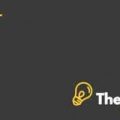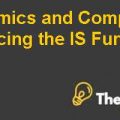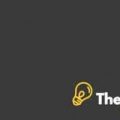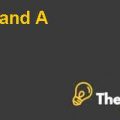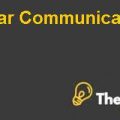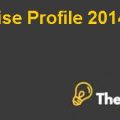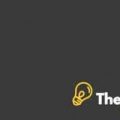INTRODUCTION
Singapore international airlines (SIA) and the Malaysian airlines initially were a single entity. This organization was called Malayan Airways that was launched in the year 1947. It was later in the year 1972 that the organization disintegrated into two, namely Singapore International Airline and Malaysian Airlines (presently it is called Malaysia airways).The integration period that the company enjoyed with Malaysian airlines proved to be quite fruitful for the company. The crews and operators/technicians of the company had immense field experience and skills.
After the partition of the parent organization into these two airline companies,the assets, resources and the routes were equally divided into these two companies. Singapore International Airlines (SIA) had international routes, where as the Malaysian Airlines pursued domestic routes.
The organization had already expanded immensely by the year 1999 and its airliners were flying to 95 destinations across 43 countries in different regions all over the world. On the other hand,the organization’s secondary airline,Silk Air, was flying to over 18 destinations across Southeast Asia. The organization’s operating profit that it secured was much better than its competitors and in few routes, its profit was twice than that of its competitors.
The management always respects suggestions of all employees to improve the existing process.Also, all the employees are rewarded with extra perks and are recognized by the management due to their exceptional works in the workplace. The management never compromises with the culture of the organization.Moreover, the increase in the profitability of the organization is creating issues associated with internal and outside pressures, which sometimes force the management to function beyond the way determined by the constitution.
ORGANIZATION ISSUES:
Although SIA had survived the initial decline of costumers and operating profits in the past and the company had outperformed all of its competitors in the industry. However,the management realized that it needs to attend and adjust as per the fast changing culture and dynamics of the country.
The company had previously enjoyed singularity and attracted huge sums of profits due to the differential strategy that it practiced. The services that its crew offered in the flights as per differential policy like toys for children, variety of meals, gaming facilities and many more have now been replicated by the airline’s `s competitors and this gap is disappearing rapidly (Chan, 2000). The company is also really sensitive about its growing operating functioning costs. There were several other reasons, both internal and external,which are mentioned below:
INTERNAL:
The organization`s differential brand, Singapore girl, was under threat due to the changing society and dynamics of the country. The company had mostly relied on its home society population for hiring and relied on special qualities of its culture. However,that was changing fast as the local hiring pool was shrinking and this would mean that the company would have to hire foreigners, which meant parting ways with its traditional strategy.The company had long relied on traditional or historical values, which are rapidly becoming meaningless to the new generation.
Moreover, the company had a very comprehensive set of destinations, as this was spread among 40 countries and over 90 destinations all over the world. However, fast increasing operating and activity costs of the organization might create difficulties in sustaining these routes as profitable as the gap between the competitors was diminishing. These high operating costs while maintaining the current standards and quality would be very difficult to counter.
EXTERNAL:
Among external factors, the global competitors posed a serious challenge to the profitability of the organization as the global routes were the primary revenue generators of the organization and the key to its survival as the leading airline. The strategy of the organization was differential based however,that was changing as the competitors had replicated the facilities that the organization provided to its competitors. The main competitors of the organization in the global market were United, KLM and British Airways.Singapore International Airlines Strategy with a Smile Case Solution
The political, social, economic changes in the market around the world are challenging the company`s activities with such globalization and emergence of new free trade zones and markets there is no alternative to convenient and comfortable air travel. The company is failing to achieve the new incentives in the industry as it is having issues regarding its operating costs.
Micro and Marco Environment Analysis
PEST ANALYSIS
Political Factors
The airline industry has various effects, which are caused by global and national factors due to the huge operations of the airlines. The global political conditions are unstable and out of the reach of airline industry. The instability of the global political environment has huge potentials of harming the operations of the airline industry regarding their annual revenues and sales and this might increase the cost incursions..............................
This is just a sample partial case solution. Please place the order on the website to order your own originally done case solution.

